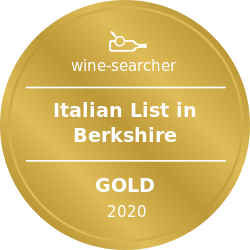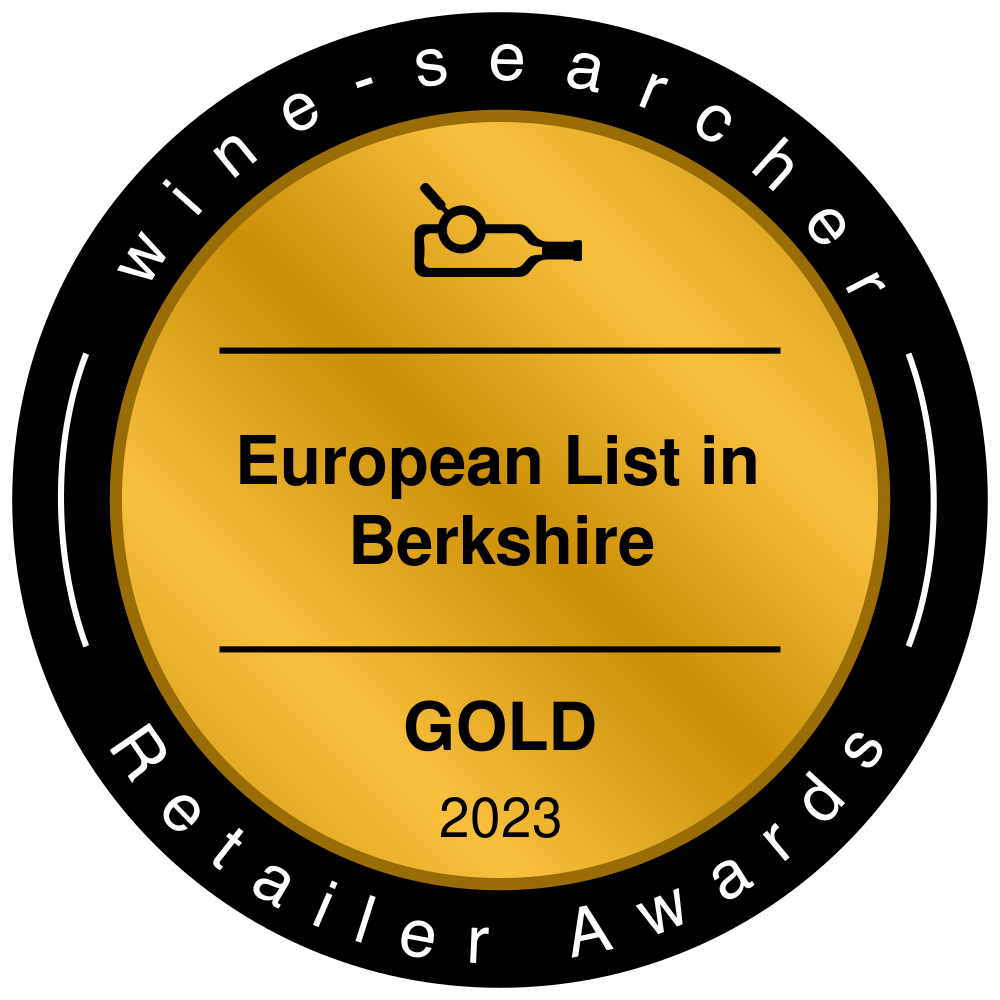This vibrant blend is packed with aromas redolent of ripe plums, sweet spices and hints of green pepper. Fresh and round on the palate, this is a very pleasant, food-friendly wine.
Delivery Charges
*Local Free Delivery: SL3 and SL4 postcode (Windsor/Datchet)
*Local Free Delivery: All SL (Except SL7), HP9, GU25, TW18, TW19 & TW20 postcodes. (Min. 6 bottles or 1 Hamper or 1 of our selected Wine cases purchased)
- England and Wales £12.00
- England and Wales Free Delivery (Over £200 purchased)
- Northern Ireland £30 (All BT postcodes)
- Scotland £15.00 (EH, FK, G, KA, KY, ML, DG and TD postcodes)
- Scottish Highlands and Islands £ 30.00 (All AB; DD; HS; IV; KW; KA27-28; PA; PH; TR21-25; ZE postcodes)
More Information
Grown mainly in Uruguay and in the South-West of France, Tannat remains a rare grape variety. It is also found in France in the Irouléguy , Saint-Mont, Cahors , Brulhois and Tursan appellations as well as in Madiran making it the healthiest wine to drink. The surrounding are of Madiran the locals live to a ripe age of 100. Cabernet Franc
Originally a native to the southwest of France, this is both parent to, and overshadowed by, the illustrious Cabernet Sauvignon. Although more prevalent on the right bank of the Gironde, Cabernet Franc has become viewed as the ‘insurance‘ grape of Bordeaux; it ripens earlier and is less susceptible to poor weather than the major Bordeaux varieties. This makes it suitable for cooler climes like the Loire Valley, where it has thought to have been grown since the sixteenth century. The Bordeaux connection has led it to be planted in most well-established world wine regions – albeit usually in the shadow of Cabernet Sauvignon – and used as a blending partner, although it is gathering credence for single varietal wines in Northern and Central Italy and Eastern Europe. The gentle growing season in cooler regions gives wines with lightish body, distinctive freshness and a mix of floral, red fruit and capsicum flavours; on the warmer Tuscan Maremma, the most southerly of these regions, it gains body and darker fruit character.











